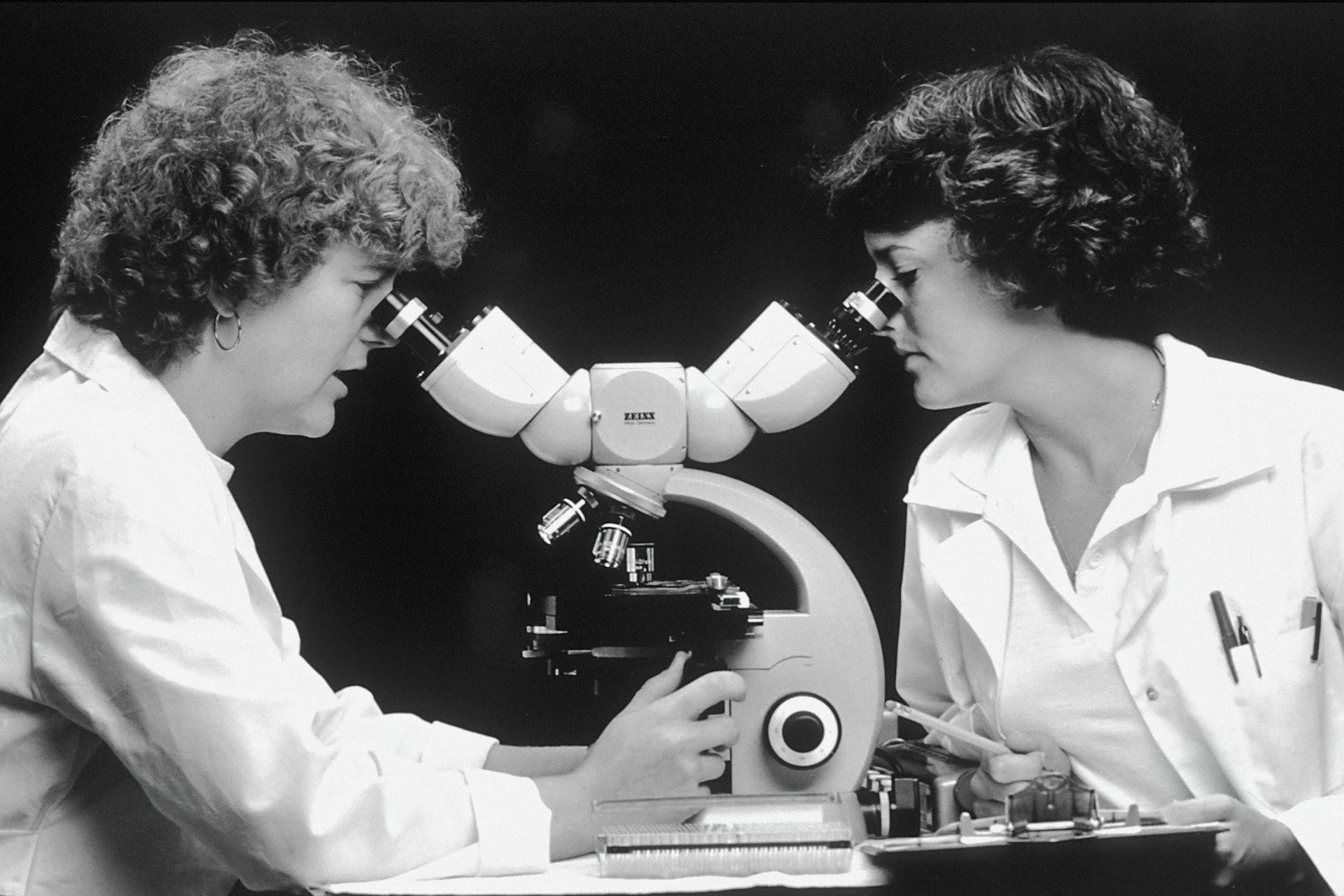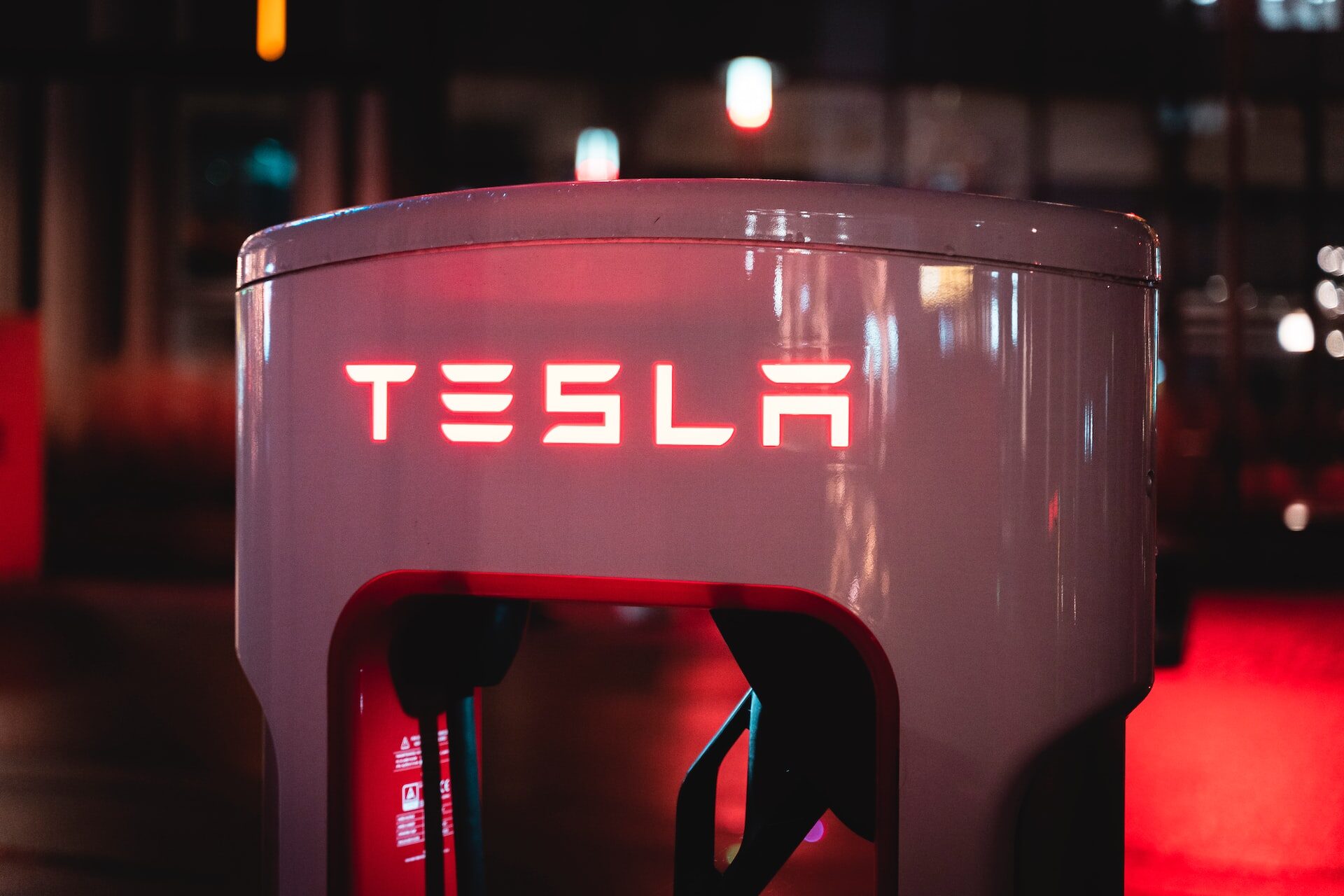
Introducing 6 Accidental Inventions That Changed the World
February 13, 2023 - Revolutionized Team
Revolutionized is reader-supported. When you buy through links on our site, we may earn an affiliate commision. Learn more here.
History is full of accidental inventions that changed the world forever, in ways big and small. When many people think of inventors, they imagine someone like Thomas Edison diligently conducting experiments in a workshop. However, many of the most important inventions humanity has come up with so far were discovered completely by accident.
Top 6 Accidental Inventions That Changed the World
Countless inventions throughout history started with chance encounters or random accidents. In fact, at some point in prehistoric times, someone probably even discovered farming by accident.
Many of the inventions that have changed the world started with a curious person paying attention to experiences in their everyday life. From snacks to life-saving medicine, these are the top six accidental inventions that changed the world.
1. Penicillin
Penicillin is one of the most pivotal inventions in the history of medicine. Today, it is used all over the world as an antibiotic for treating many different illnesses. However, it started out as a simple research accident.
In 1928, Scottish physician Dr. Alexander Fleming left a petri dish of Staphylococcus bacteria in his lab while he was away on vacation. When Fleming returned, he found the petri dish of bacteria overgrown with mold. Most people would find this gross, but not Fleming. He noticed that the mold had stopped the bacteria from growing.
Upon closer inspection, Fleming discovered that the mold was producing a substance that killed bacteria. He called his accidental invention penicillin, after the penicillium mold it grew from. It wasn’t until 20 years later that Fleming and other scientists finally figured out how to purify and mass produce penicillin. The wait was worth it, though. Penicillin allowed doctors to treat illnesses that, at the time, would otherwise have been fatal.
2. Sticky Notes
Millions of people all over the world use sticky notes every day. Tens of billions of sticky notes are produced and sold each year. So, many would be surprised to hear that these handy pieces of paper were accidental inventions.
American chemist Spencer Silver was a researcher at 3M in 1968 when he accidentally made his groundbreaking discovery. It wasn’t what he thought it would be, though. Silver was trying to create an exceptionally strong adhesive. Not only did he fail to do this, he created the exact opposite, an exceptionally weak adhesive. At the time, Silver realized that he’d discovered an unusual adhesive that could be useful for something, but he wasn’t sure what yet.
Nearly ten years later in 1974, Silver found his answer. A colleague at 3M, Art Fry, was attending choir practice one night when he realized how frustrating it was that the paper bookmarks he put in his hymn book fell out so easily. Fry remembered the unusual weak adhesive that Silver had invented and the two of them created the Post-It note together.
3. The Microwave Oven
It’s hard to find a modern home today that doesn’t have a microwave oven in the kitchen. This convenient appliance is among the most beloved accidental inventions. It truly revolutionized cooking when it was invented in the 1950s. It all started with a chocolate bar.
Self-taught engineer Percy Spencer was working for defense company Raytheon in 1946 when he discovered the technology behind the microwave oven. Spencer was tinkering with a piece of equipment called a magnetron, a type of high-power vacuum tube that creates electromagnetic waves. In the middle of his tinkering, Spencer reached into his pocket and found that the peanut cluster bar he was saving for lunch had somehow completely melted.
Spencer was intrigued by his accidentally melted peanut bar and began putting other foods near the magnetron to see what would happen. Soon enough, Spencer realized he’d stumbled on the ultimate cooking appliance. One year later, in 1947, the first commercial microwave hit the market.
4. Super Glue
Super glue is an interesting case, even among accidental inventions. When scientists first created super glue, it was such an annoyance that it was nearly passed off as garbage!
Chemist Harry Coover was a researcher working for Eastman Kodak in WWII. One of the projects Coover worked on was an acrylic gunsight. While trying to develop the right material for the gunsight, Coover accidentally created cyanoacrylate. Not only was this material unfit for the gunsight he was working on, it had an annoying habit of sticking to everything it touched. Coover got rid of the substance, but it stuck around.
Six years later, in 1951, Coover was working on another research project, this time focused on heat-resistant airplane canopies. The infuriatingly sticky cyanoacrylate made another appearance, but this time Coover realized its potential. Cyanoacrylate could stick to almost anything without needing heat. Coover and his fellow researchers quickly discovered the potential of this new glue. The accidental invention hit store shelves in 1958.
5. X-Ray Imaging
Doctors rely on x-ray imaging to make accurate medical diagnoses and prepare for life-saving surgeries. While x-rays are a natural part of nature, their potential for imaging is one of history’s accidental inventions.
A German physicist named Wilhelm Roentgen was experimenting with cathode rays in 1895 when he made his discovery. Roentgen was doing some standard screen experiments at the time, not searching for a new medical technology. He noticed a chemical glowing in fluorescent light across from the cathode ray tube, which was odd given that Roentgen’s cathode emitter was blocked all around with a screen. Roentgen quickly realized that the rays from the cathode emitter were penetrating through the screen.
The world’s first x-ray image is a picture of Roentgen’s wife’s hand. The accidental invention would soon go from being a novelty to a revolutionary medical imaging technology. In 1901, Roentgen won a Nobel Prize for his discovery.
6. Anesthesia
Along with penicillin, anesthesia is one of the most groundbreaking accidental inventions in the history of medicine and science at large. Anesthesia was first popularized as a sort of party trick. In the 1800s, people discovered that breathing in certain gasses could make them laugh or go numb for a period of time.
William Morton was a doctor who frequented these parties from time to time and he was the first to think of using the gasses for medical purposes. Morton began using sulfuric ether gas as an anesthetic for his dental patients in 1846, sparking massive change in the medical community.
What started as a gas that was only used for fun became a groundbreaking, life-changing accidental invention for millions of people. Before anesthetics like Morton’s first sulfuric ether gas, surgeries of all kinds were painful and traumatic. Today, anesthetics allow people all over the world to safely get life-saving surgeries.
Incredible Accidental Inventions
Many of history’s greatest inventions have been the result of focused, dedicated efforts. However, many equally important developments were accidental inventions, the result of normal people making a mistake or stumbling on something. These incredible inventions go to show that curiosity and ingenuity are the true spark behind innovation.
Revolutionized is reader-supported. When you buy through links on our site, we may earn an affiliate commision. Learn more here.




